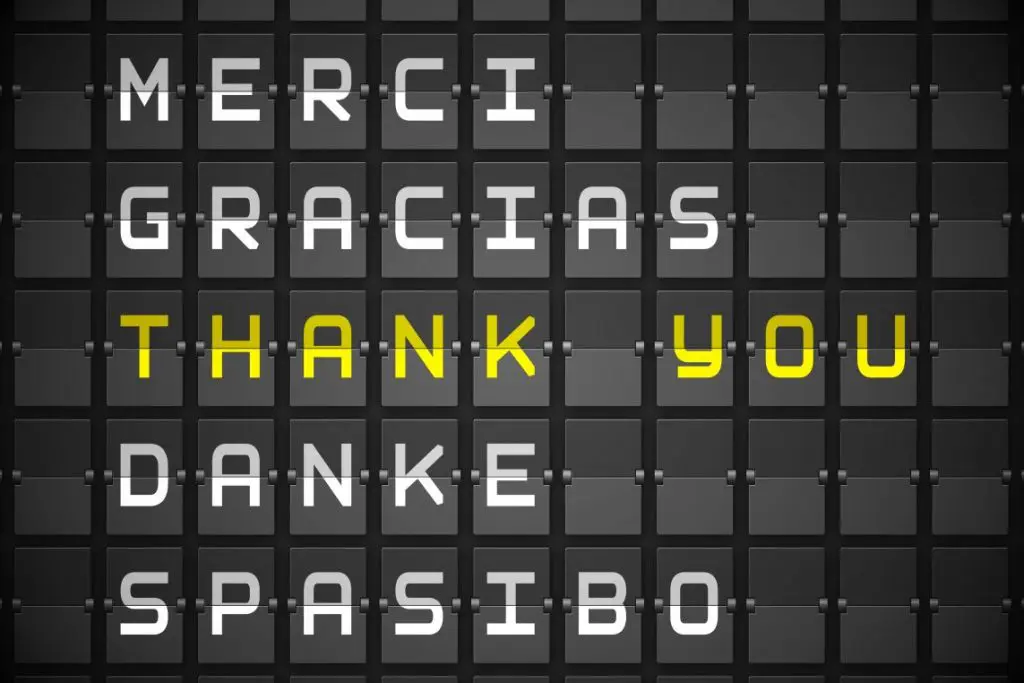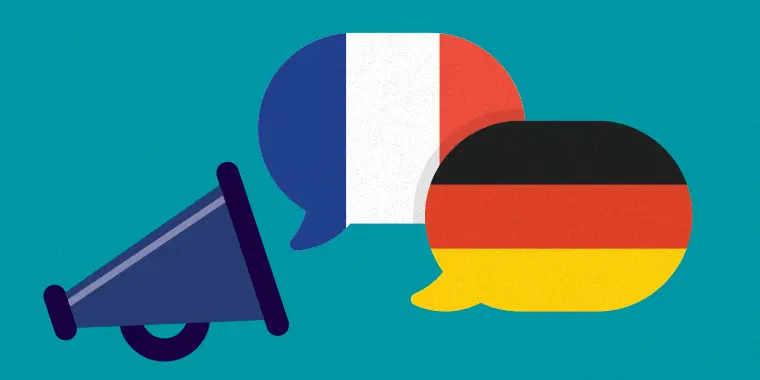German and Polish: Crucial Aspects of Translation
During translation from German to Polish, or the inverse, the differences between these languages are an important point to consider. Despite their various similarities, these two popular European languages differ vastly in certain areas, so we will analyse some of the key differences when translating between these languages.
-
Origins
Polish is a Slavic language so has a significantly different origin to German which is a Germanic language, and this means that the vocabulary of the two languages are fairly different although there are some words common to both languages. Polish is quite similar to Slovak in a similar way to how the German spoken in Germany is quite close to the swiss version of German. In terms of translating a text between the languages, it is important to remember the difference in vocabulary, so you are aware that a text in Polish will look significantly different to the equivalent in German.
-
Articles
In German articles are used together with nouns, to indicate the gender, number, and case of the noun. This is done via either the definite article, meaning ‘the’ and adapting to forms including, der, die, das, or the indefinite article (ein, eine) meaning ‘a’. Polish does not use articles but still distinguishes seven cases and defines how the noun is used in the sentence. The correct choice of case is therefore an important factor in translation between these languages.
-
Symbols
Symbols in the German language are relatively simple, the 2 dots (umlaut), are used on certain vowels (a, o, and u) and affect the pronunciation of the words including them and the meaning of those words. The symbols used in the Polish language are more complex; there are various symbols used on a number of vowels and consonants to form 9 new letters. These must all be carefully identified to accurately translate a text from German to Polish or vice versa.
Now that you have read about the crucial aspects of translating between German and Polish, you may be interested to take a look at our articles on the key issues of translating between other language pairs.

